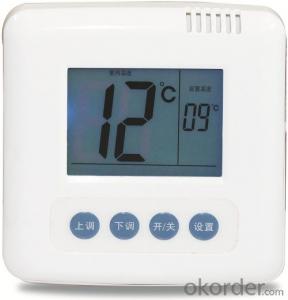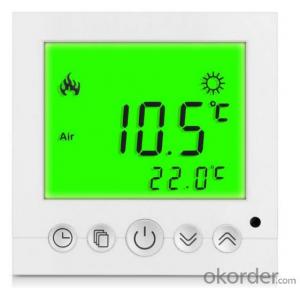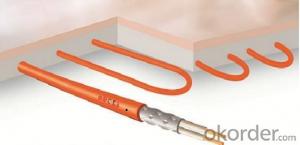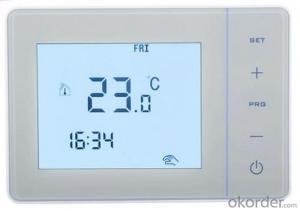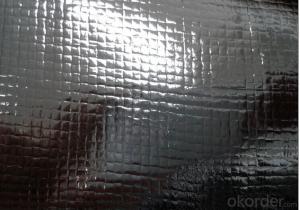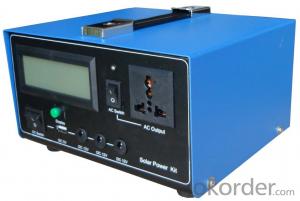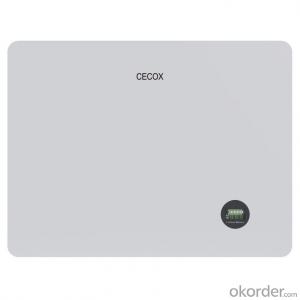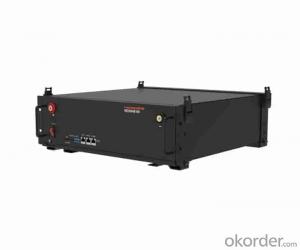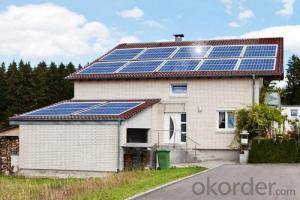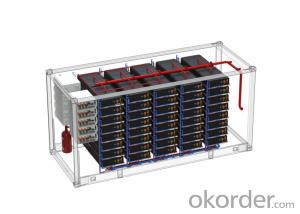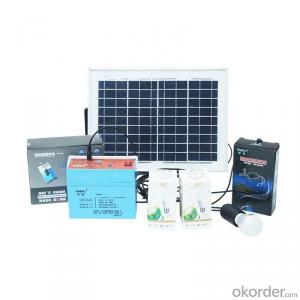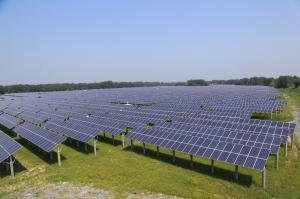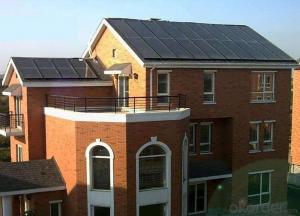Solar Hybrid Inverter System
Solar Hybrid Inverter System Related Searches
Primer For Galvanized Steel H S Code For Stainless Steel Wd 40 For Stainless Steel Spray Paint For Stainless Steel Glue For Stainless Steel Step Bit For Stainless Steel Magnets For Stainless Steel Caulking For Stainless Steel Steel Vessels For Kitchen Best Solar Inverter For HomeHot Searches
Steel Mesh Panels For Sale Cheap High Tea Sets For Sale High Density Fiberboard For Sale Solar Hot Water Collectors For Sale Scaffolding For Sale In Uae Scaffolding For Sale In Ireland Scaffolding For Sale In Houston Type Of Inverter For Solar Price Of Shipping Containers For Sale Used Solar Inverter For Sale Portable Led Signs For Sale Stone Hot Water Bottles For Sale Large Led Screens For Sale 1/4 Aluminum Plate For Sale H4 Led Headlight Bulbs For Sale Flexible Solar Cells For Sale Air Pump For Aquarium Price Inverter Size For Solar System Solar Edge Inverter For Sale Aluminum Bar Stock For SaleSolar Hybrid Inverter System Supplier & Manufacturer from China
Okorder.com is a professional Solar Hybrid Inverter System supplier & manufacturer, offers integrated one-stop services including real-time quoting and online cargo tracking. We are funded by CNBM Group, a Fortune 500 enterprise and the largest Solar Hybrid Inverter System firm in China.Hot Products
FAQ
- Yes, there are typically insurance requirements for installing a solar energy system. Homeowners or businesses installing a solar energy system are often required to have adequate insurance coverage to protect against potential damages or liabilities associated with the installation and operation of the system. This may include general liability insurance, property insurance, and potentially additional coverage specific to solar energy installations. It is important to consult with your insurance provider and review local regulations to determine the specific insurance requirements for installing a solar energy system in your area.
- Yes, solar energy systems can definitely be used for powering amusement parks or entertainment venues. Solar panels can be installed on the roofs of buildings, parking lots, or even on specially designed structures within the park. These panels convert sunlight into electricity, which can be used to power rides, lighting, sound systems, and other electrical equipment within the park. Additionally, solar energy systems can help reduce operating costs and carbon emissions, making them a sustainable and environmentally friendly choice for powering amusement parks and entertainment venues.
- Yes, solar energy systems can be installed on agricultural land. In fact, many farmers and agricultural businesses are increasingly adopting solar power systems to generate clean and renewable energy for their operations. These systems can be installed on rooftops, unused land, or even integrated into farming infrastructure such as irrigation systems or livestock shelters. By utilizing agricultural land for solar energy, farmers can diversify their income, reduce energy costs, and contribute to a more sustainable future.
- Yes, solar energy systems can be installed in areas prone to hailstorms. However, it is essential to consider certain factors to ensure their durability and resilience against hail damage. This includes using high-quality materials, such as tempered glass for solar panels, and proper installation techniques. Additionally, some solar panels are specifically designed to withstand hail and extreme weather conditions, providing further protection.
- Solar energy systems can indeed be utilized in regions with heavy snowfall, despite the temporary reduction in efficiency caused by snow coverage and sunlight obstruction. Overcoming this challenge is achievable through various methods: 1. Opting for tilted panels: Installing solar panels at an incline allows snow to easily slide off, enabling the panels to consistently generate electricity. This approach is particularly effective when panels are set at a steeper angle. 2. Snow clearance: In areas experiencing frequent snowfall, periodic removal of snow from the panels may be necessary. This task can be accomplished either manually or through automated systems like brushes or heating elements that melt the snow. 3. Increased panel surface area: By adding more panels, the system can compensate for reduced efficiency during snowy periods. This ensures sufficient energy production even if some panels are covered in snow. 4. Utilizing net metering: In regions with heavy snowfall, net metering can be employed to offset the decreased solar energy production during winter months. Surplus energy generated during sunny periods can be exported to the grid, while energy can be drawn from the grid during lower production periods. 5. Incorporating battery storage: By integrating battery storage into the solar energy system, excess energy generated during sunny periods can be stored for use when the panels are covered in snow. This guarantees a continuous supply of electricity, irrespective of snowfall affecting immediate production. Though snowfall poses challenges for solar energy systems, they can still be effectively employed in snowy areas with proper design, installation, and maintenance. Technological advancements and innovative solutions continue to enhance the resilience and performance of solar energy systems in snowy conditions.
- Solar energy systems are definitely capable of powering remote locations. In fact, they are particularly well-suited for such applications where access to the conventional power grid may be limited or non-existent. By installing solar panels in remote areas that receive sufficient sunlight, electricity can be generated even in off-grid locations. The typical solar energy system for remote locations consists of photovoltaic (PV) panels, which convert sunlight into electricity, and a battery storage system to store excess energy for use during non-sunlight hours. This ensures a reliable and continuous power supply, even in areas without grid access. Rural communities, remote research facilities, off-grid cabins, and telecommunications towers can greatly benefit from solar energy systems. They provide a sustainable and renewable source of energy, reducing dependence on fossil fuels and minimizing environmental impact. Furthermore, solar energy systems require minimal maintenance and are cost-effective in the long term, making them an ideal solution for powering remote locations.
- Solar energy systems have a positive impact on air quality as they produce clean, renewable energy without emitting harmful pollutants or greenhouse gases. By replacing fossil fuel-based energy sources, solar energy helps reduce air pollution, improve local air quality, and mitigate the negative effects of climate change.
- The role of microinverters in solar energy systems is to convert the direct current (DC) generated by each individual solar panel into alternating current (AC) that can be used to power household appliances and be fed back into the grid. Unlike traditional string inverters, microinverters are installed on each solar panel, allowing for independent optimization and monitoring of each panel's performance. This ensures maximum energy production, minimizes the impact of shading or panel mismatch, and enhances the overall efficiency and reliability of the solar energy system.
